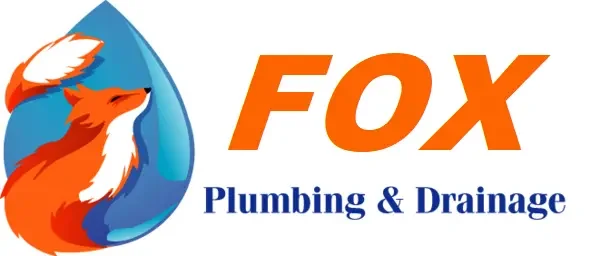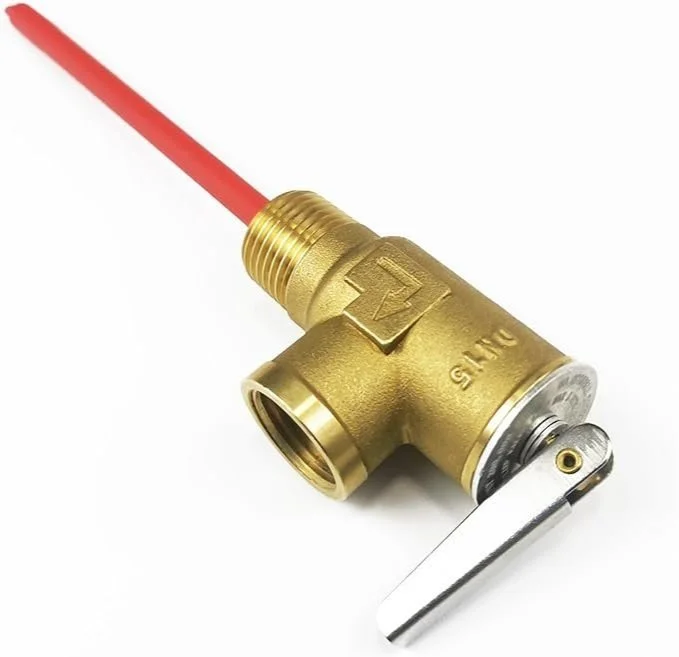Ultimate Guide to PTR Valves in Hot Water Systems
Introduction
If you rely on a hot water system, the PTR valve (Pressure and Temperature Relief valve) is a critical component you can’t overlook. This guide covers everything you need to know about PTR valves in hot water systems, from their purpose to troubleshooting a leaking PTR valve. Whether you’re maintaining your system or looking to replace a PTR valve, we’ve got you covered. Plus, we’ll recommend some top-rated PTR valves on Amazon (affiliate link) to simplify your purchase.
What is a PTR Valve?
A PTR valve is a safety feature on your hot water system that prevents dangerous pressure or temperature buildup. It releases water if the tank gets too hot or pressurized, protecting your system from damage or explosions. You’ll typically find it on the side or top of your water heater.
Key Functions
Relieves excess pressure during heating.
Prevents overheating by releasing hot water.
Meets safety standards like Australian Standard AS1357.1.
For a better understanding, check out this PTR valve installation diagram.
Why is PTR Valve Maintenance Important?
Regular maintenance of your PTR valve keeps your hot water system safe and efficient. Here’s how to care for it:
Test Every 6 Months: Lift the lever briefly to ensure water flows and stops properly. If it doesn’t, it’s time to call a plumber.
Replace Every 3-5 Years: Even without visible issues, replacing it prevents sudden failures.
Check for Leaks: Occasional drips are normal, but persistent leaks signal trouble.
Pro Tip: Pair your PTR valve with an Expansion Control Valve (ECV) to reduce wear. Learn more in our Hot Water System Maintenance Guide.
Common Problems with PTR Valves
Issues like a leaking PTR valve or a stuck valve are common. Here’s what to watch for:
Leaking Valve: A steady leak could mean a faulty valve or excessive pressure.
No Flow When Tested: Clogs or damage might be the cause.
Continuous Leaking After Testing: The valve may not reseat correctly.
Facing these problems? You might need to replace your PTR valve. Browse these reliable PTR valves on Amazon (affiliate link) or contact us for expert help.
How to Choose the Right PTR Valve
Picking the right PTR valve ensures compatibility and durability. Consider these factors:
Pressure Rating: Match it to your system (e.g., 1000 kPa).
Compliance: Look for AS1357.1-certified valves.
Material: Brass valves offer the best longevity.
Need a recommendation? Check out these top-rated PTR valves on Amazon (affiliate link) for quality options you can trust.
When to Call a Professional Plumber
While testing your PTR valve is DIY-friendly, repairs and replacements require expertise. Call a plumber if:
You notice continuous leaks.
The valve doesn’t release water during testing.
You’re unsure about installation.
Need Help? Contact us today for professional plumbing services to keep your hot water system running smoothly.
Conclusion
A well-maintained PTR valve is key to a safe and efficient hot water system. This guide has covered maintenance, common issues, and how to replace a PTR valve when needed. For high-quality replacements, explore these PTR valves on Amazon (affiliate link). If you’re facing any issues, don’t wait—contact us now for expert plumbing services.
Share This Post
Found this guide helpful? Share it with others on Facebook, Twitter, or LinkedIn!




